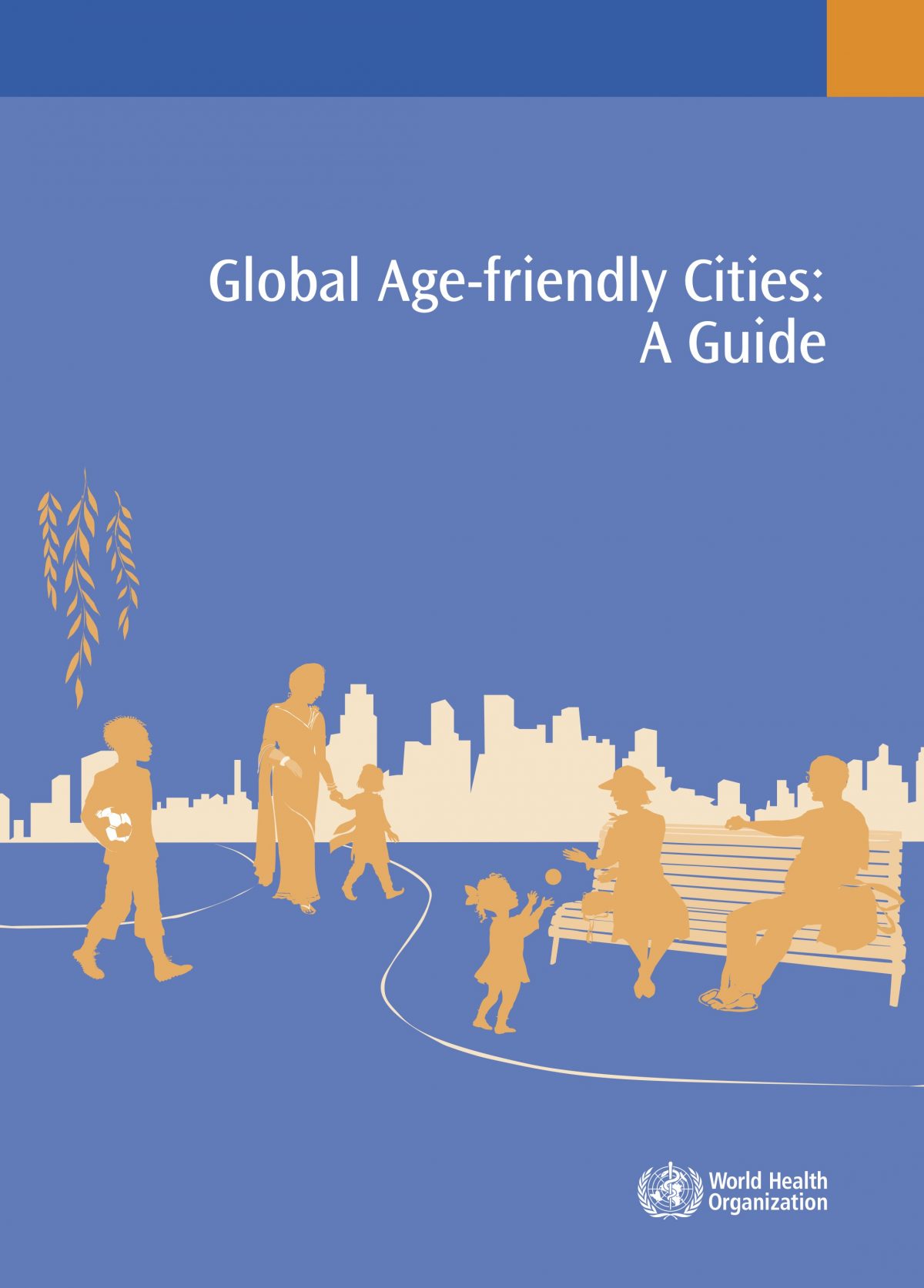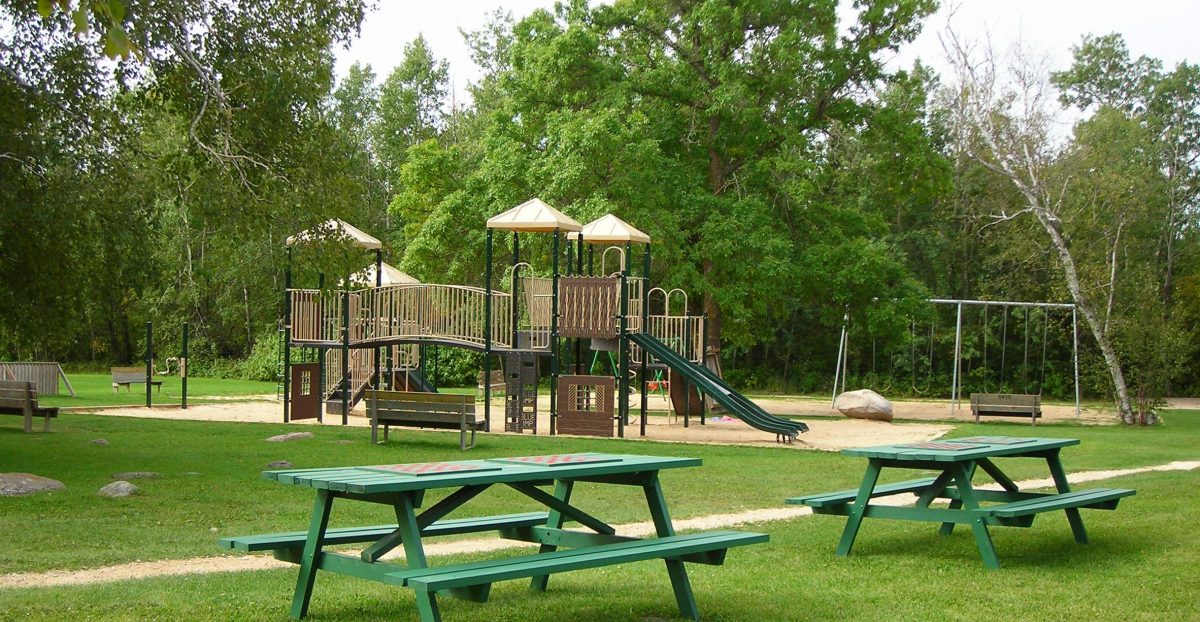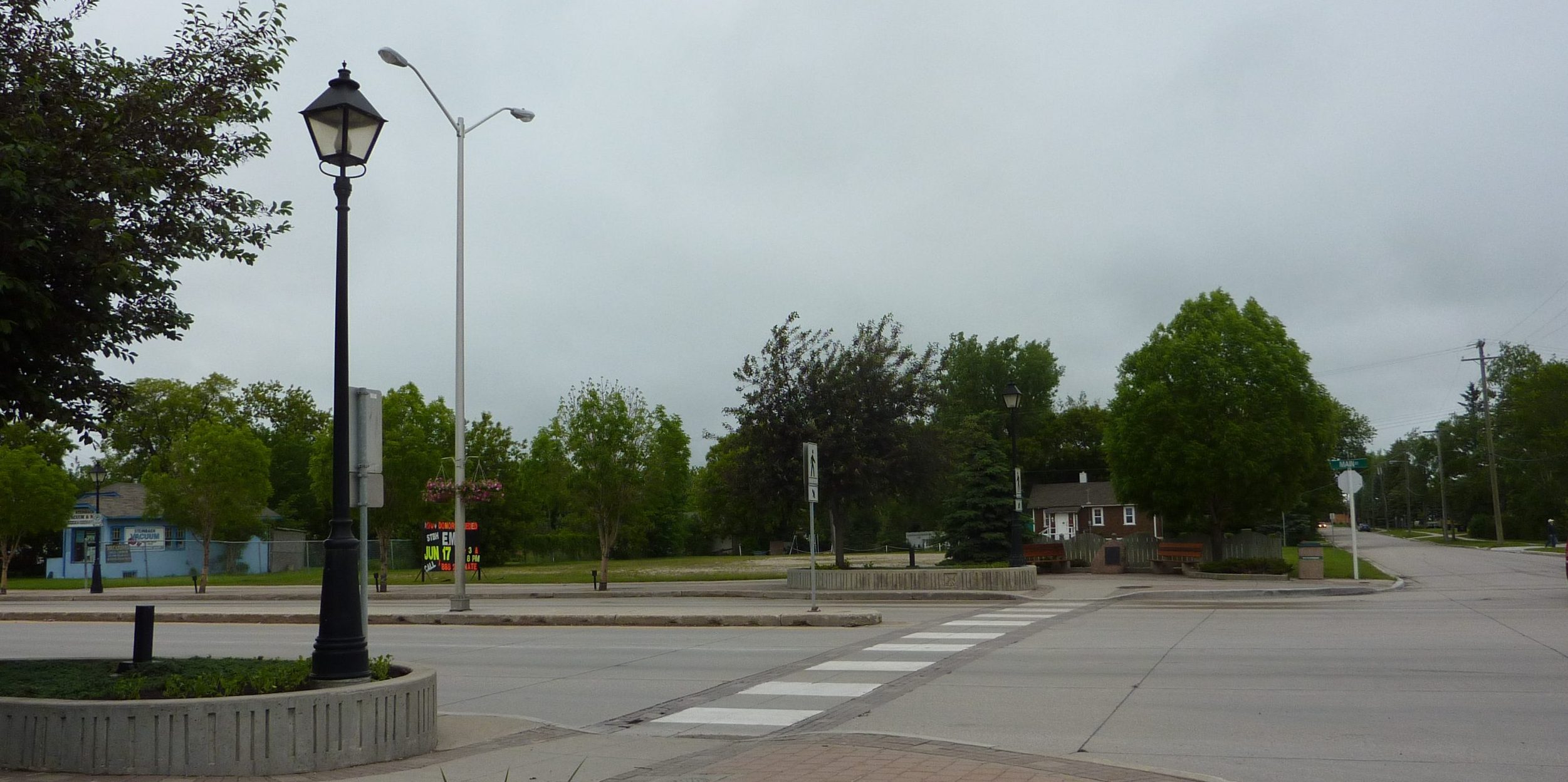Becoming an Age-Friendly Community
Age Friendly Manitoba
Over 90 Manitoban Communities
An Age-Friendly community offers environments where physical, economic, and social barriers are removed and policies, systems, services, products and technologies are implemented to create better places in which to grow, live, play, and age. (World Health Organization, 2020)
Over 90 incorporated communities of all sizes have joined the Age-Friendly Manitoba initiative. Since their initial start-up grants, communities have continued along the Age-Friendly path by ensuring that the built and social environments support their citizens to lead active healthy lifestyles.
Becoming an Age-Friendly Community is building partnerships and encouraging collaboration.
Engaging community members leads to a holistic and coordinated approach that raises public awareness and creates a forum for ideas and innovative approaches toward age-friendly priorities and actions. Every community is unique in their approach toward community involvement.
The incorporated local government becomes formally involved by submitting an Age-Friendly Manitoba Initiative Registration Form and thereby applying for a small grant to get started. The local government will pass a resolution to adopt the Age-Friendly Manitoba Initiative.
The Age-Friendly Manitoba Resource Team can help communities to conduct a consultative approach. This may include a community consultation approach or a community survey. The Age-Friendly Resource Team can assist with the preparation of a community reference report that helps to determine priorities and relevant actions that lead to age-friendly accomplishments.
Age-Friendly Domains
Manitoba adopted the World Health Organization’s (WHO) model of the 8 Age-Friendly dimensions which promotes the viewing of the following dimensions through an age-friendly lens, and asks how the aspects of each dimension can be more age-friendly.
The model includes aspects of the built environment: Housing, Transportation, Outdoor Spaces and Buildings. These dimensions allow for accessibility, options of where we live, how we move around and are welcoming outdoor spaces for healthy living. Age-friendly communities also include the dimensions of: Community Support and Health Services, Communication and Information as well as Civic Participation and Employment. These supportive services ensure we can continue to thrive and age in places we wish to live, work and play. The dimensions focusing on belonging and thriving in a community encompasses: Social Participation and Respect and Social Inclusion.
Click on each Picture below to explore more
The Age-Friendly initiative includes a Milestone Recognition approach.
Community leaders and age-friendly champions are suggesting and making changes to policies, services and structures related to the physical built and social environments to better support and enable age-friendly priorities and actions for all members of the community, as well as to allow older people to “age actively.”
Age-Friendly Milestone Recognition https://www.gov.mb.ca/seniors/afmb/milestones.html
Several Manitoba communities have been formally recognized as reaching the five Age-Friendly Milestones.
Background

Global Age-Friendly Cities: A Guide
Given the world-wide demographic trends toward an aging population, the World Health Organization (WHO) launched the Global Age-Friendly Cities project in 2006. Based on that project the WHO then developed and released the: Global Age-Friendly Cities: A Guide as an effective way to help older adults remain active, healthy and independent and to contribute to their families and communities (World Health Organization, 2007).
https://www.who.int/ageing/publications/Global_age_friendly_cities_Guide_English.pdf

Age-Friendly Communities in Canada: Community Implementation Guide
Canada recognized the value of this Age-Friendly initiative and in September 2006, the Federal/Provincial/Territorial (F/P/T) Ministers Responsible for Seniors endorsed the Age-Friendly Rural/Remote Communities Initiative (AFRRCI). The Public Health Agency of Canada (PHAC) published the Age-Friendly Communities in Canada: Community Implementation Guide as a resource to assist communities to become more age-friendly and to offer practical information and ideas from the beginning through to implementation and evaluation of their own age-friendly initiative.
In 2008, the Province of Manitoba, Seniors and Healthy Aging Secretariat partnered with the Centre on Aging at the University of Manitoba to launch Age-Friendly Manitoba. Local governments were invited to join and the jurisdictions that did join attended an orientation and received a start-up grant. From 2008 to 2020 over 90 incorporated communities of all sizes have passed local government resolutions to become age-friendly in eight key topic areas.
Age-Friendly Communities in Manitoba
Age-Friendly-Map-Oct-31-2024







